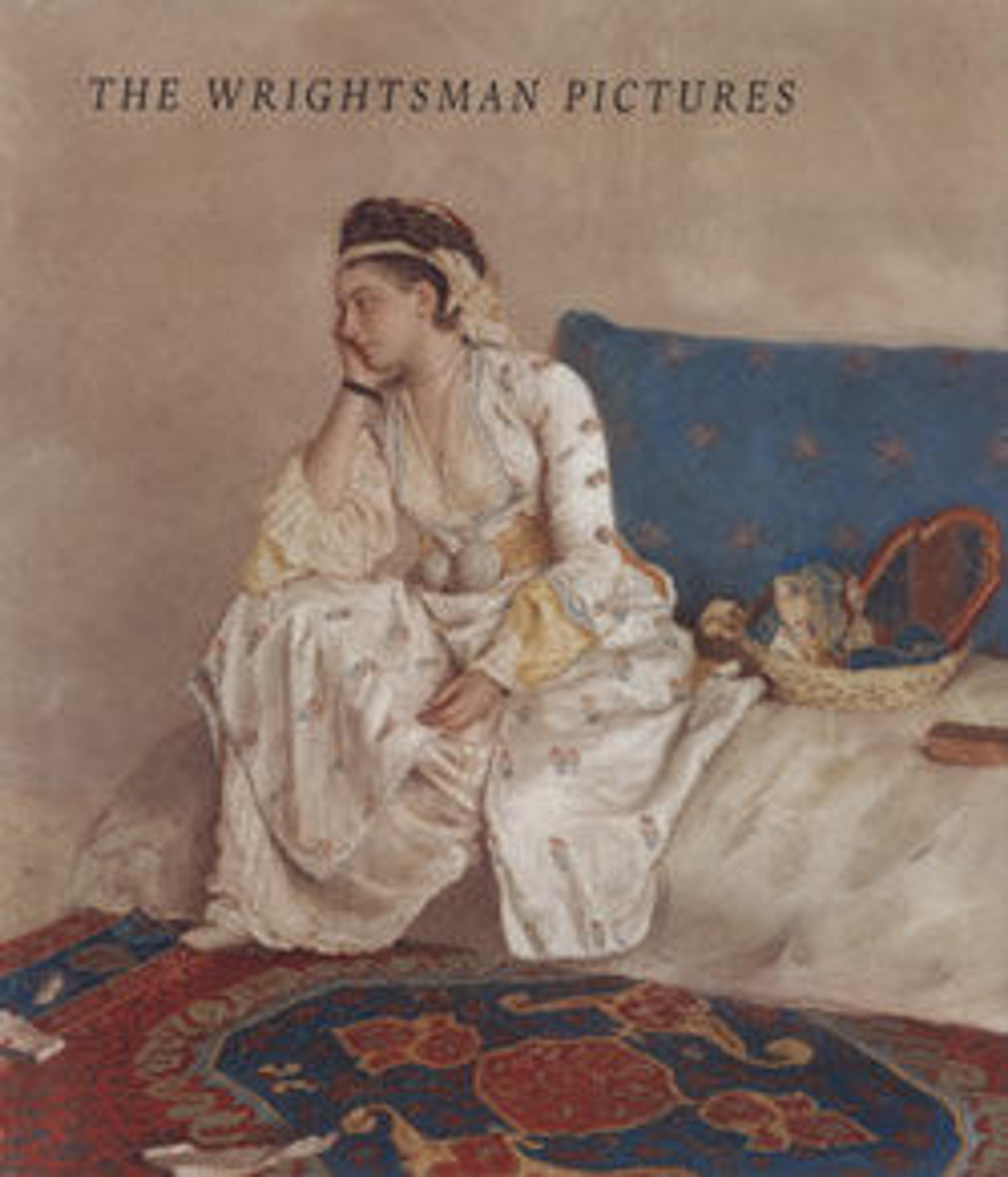The Last Communion of Saint Mary of Egypt
A fifth-century ascetic, Mary of Egypt is shown receiving her Last Communion from the hands of the priest Zosimus, following forty-seven years of isolation in the wilderness of Palestine. The picture has a pendant showing the ecstasy of Saint Mary Magdalen (Molinari Pradelli collection, Bologna). It was given in 1709 to Pope Clement XI as a gift of the Senate of Bologna in anticipation of his support for the founding of an art academy in the city. Franceschini’s art strove for clarity of expression and an idealized humanity consonant with the religious and mythological stories that he depicted.
Artwork Details
- Title:The Last Communion of Saint Mary of Egypt
- Artist:Marcantonio Franceschini (Italian, Bologna 1648–1729 Bologna)
- Date:1680
- Medium:Oil on copper
- Dimensions:16 3/4 x 21 3/8 in. (42.5 x 54.3 cm)
- Classification:Paintings
- Credit Line:Wrightsman Fund, 1996
- Object Number:1996.9
- Curatorial Department: European Paintings
More Artwork
Research Resources
The Met provides unparalleled resources for research and welcomes an international community of students and scholars. The Met's Open Access API is where creators and researchers can connect to the The Met collection. Open Access data and public domain images are available for unrestricted commercial and noncommercial use without permission or fee.
To request images under copyright and other restrictions, please use this Image Request form.
Feedback
We continue to research and examine historical and cultural context for objects in The Met collection. If you have comments or questions about this object record, please contact us using the form below. The Museum looks forward to receiving your comments.
